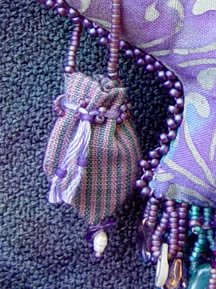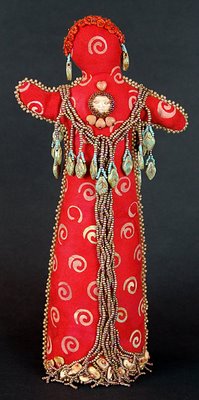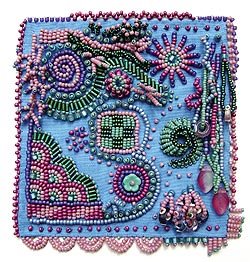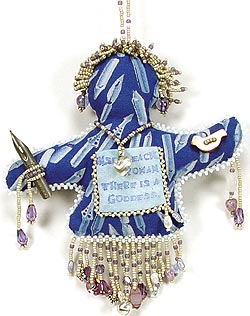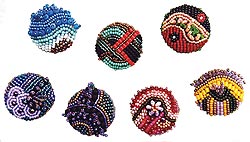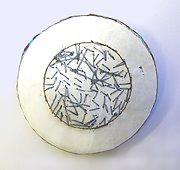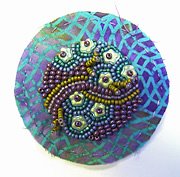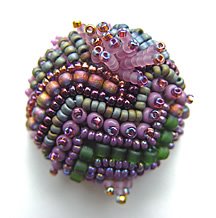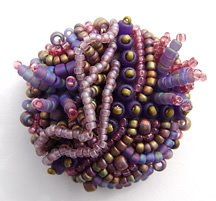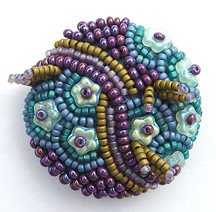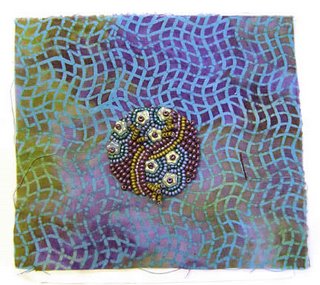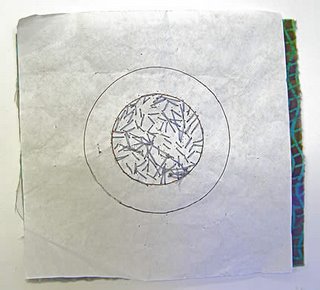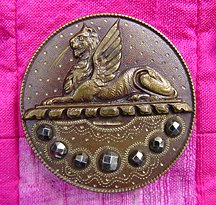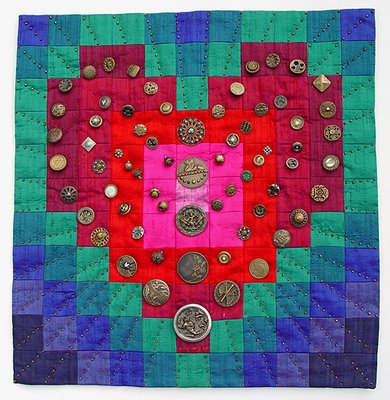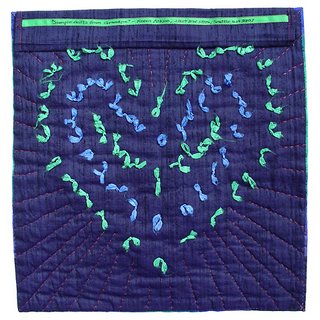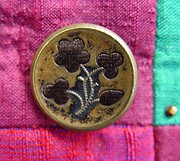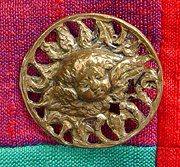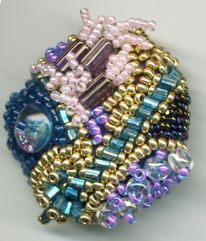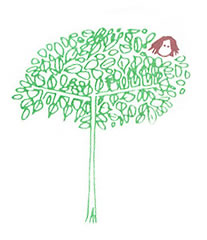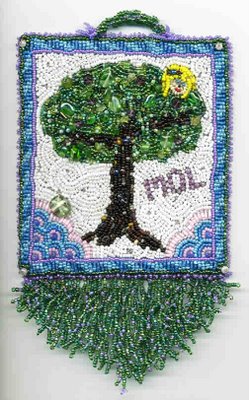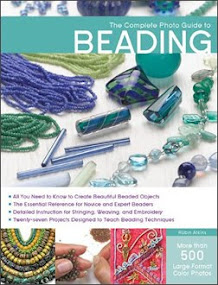
Confessions of a Chocolate Addict ~
How a Spirit Doll is Helping!
I am a chocolate addict. You may think this statement is funny, but actually I'm pretty serious about it. For years, I lied about chocolate, I hid it, I binged on it, I was obsessed about getting my chocolate fixes twice daily (at least). After the first bite or two, I didn’t even taste it.
As I consumed more and more of it, it began to consume me. Until finally, through journaling and writing poems in a group of writers bent on healing, I finally realized it was an addiction with a solution. Abstinence. I’ve fallen off the wagon twice in the past 10 years, but since 2002 I’ve been totally abstinent. No chocolate at all. I feel better without that awful compulsion crowding my life.
However! Here comes the part about the spirit doll… Last winter I went to “Quilt Camp” (a totally fabulous 3-day retreat with local quilters), and arrived to find a big bowl of candy on every table. Almost all of it was chocolate. Little Robin (LR) within me panicked… “What about ME? What treats do I get?” A quick look through the bowls revealed a few wrapped caramels in each bowl. Quickly LR went around to each of the tables and took the caramels to stash at our work station.
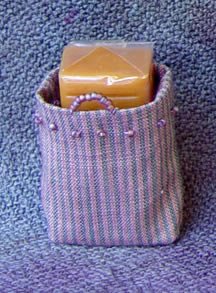
At first nothing much changed. But just before Lent, a friend said she was going to give up sugar for Lent. Immediately I joined her. I’m still not eating sugar. This is a huge change in my eating habits… I AM eating more healthily. Yeah! Many, many baby steps - from chocolate to poems to quilters to spirit doll to healthier eating – and look who’s emerging!
Are you wondering about LR? I think she’s doing OK too. She and I are trying to look toward painting, time to play with art, as a treat (rather than sweets). At the risk of being overly optimistic, my Healthy Eating Spirit Doll seems to be doing her job, for which I am most greatful!


